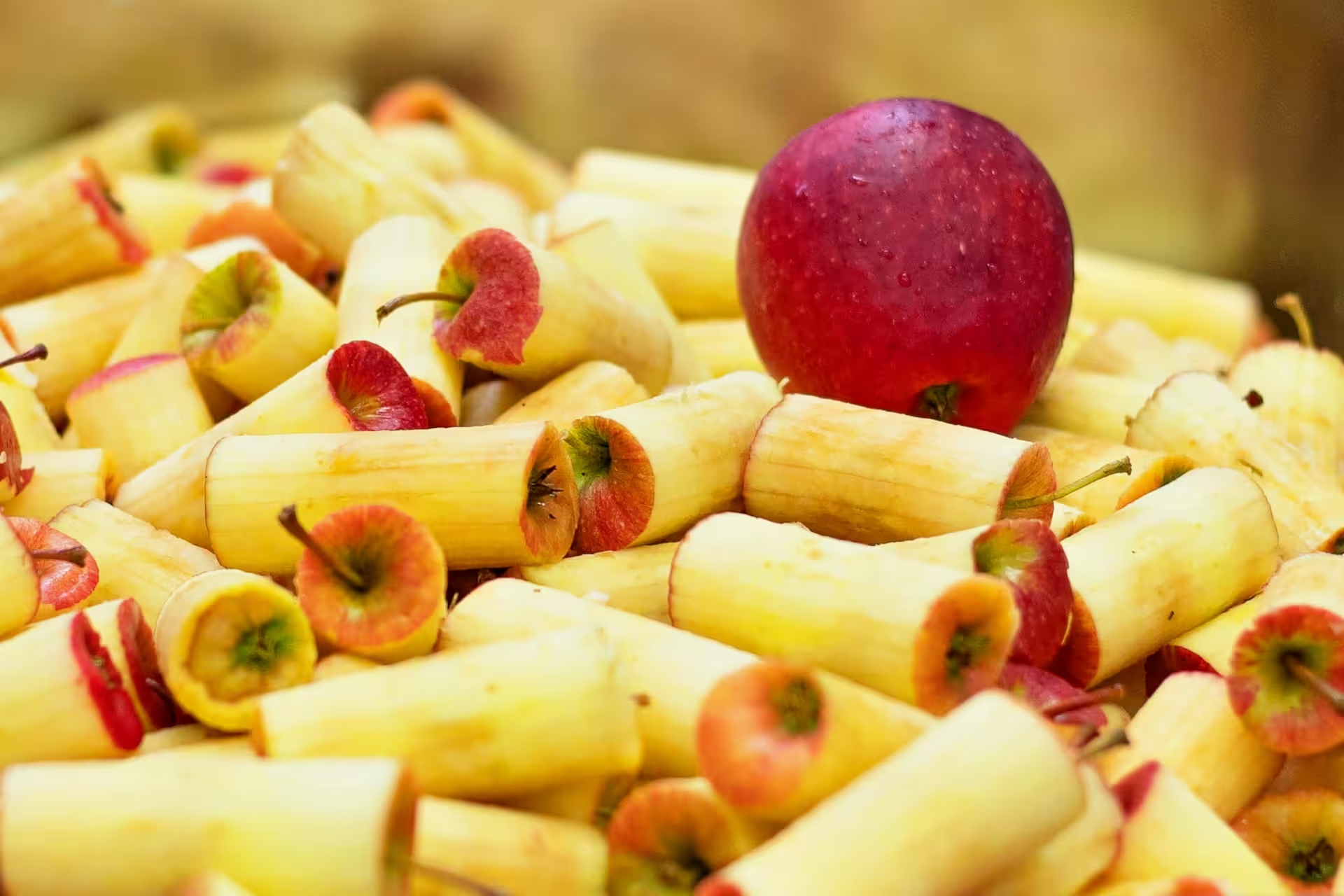Helsingborg / SE. (gfg) Bacteria that turn waste and leftovers into edible raw materials in completely new products – does it sound too good to be true? Not necessarily. Swedish food giant Greenfood and biotech company Tekinn have teamed up in a foodtech collaboration to give not utilized food a valuable new life through fermentation. The innovation project is part of the Circular Development Hub, funded by the European Union and Region Skåne.
In 2021, Greenfood, one of Europe’s biggest players in healthy food, took a drastic decision – waste should be halved, and all raw materials should stay as high in the value chain as possible. Since then, several unique processes and raw material flows have been developed with the aim of making the most of every little piece. This ambitious goal has a positive side effect: the development team has had every incentive to look in unusual places to find new innovative solutions. As part of the Circular Development Hub for Food innovation project, funded by the EU and Region Skåne, bacteria and fermentation is now being studied with the aim to create the future heroes of the the food system.
 (Photo: Greenfood Group)
(Photo: Greenfood Group)
In fellow foodtech and biotech start-up Tekinn, Greenfood has found a like-minded player, and together they have tackled a relatively unexplored part of the food industry – what is currently seen not as food, but as waste. By allowing bacteria to break down the substances humans cannot absorb, such as insoluble fibers, it is possible to refine what we today consider inedible into completely new raw materials that can become valuable parts of our common food system.
«The unique fermentation process transforms residual streams from food production, such as fibrous stems and peels, into entirely new raw materials. Such fibrous material usually becomes waste or animal feed, but after our fermentation process, the new raw material becomes not only edible but also enriched in terms of taste, texture and nutrition. They also contribute other valuable properties in various end products. We are very pleased that our technology contributes to the necessary transformation of our food system, both in Sweden and globally», explains Fredrik Jonsson from Tekinn, part of SmiLe Venture Hub.
Since Greenfood applies the zero-waste principle to every raw material that enters, nothing should leave Greenfood’s fruit and vegetable center in Helsingborg without having a greater purpose. It may sound like an impossible challenge for a company that prepares and delivers an average of 127 tons of fruit and vegetables every day, but at Greenfood, tough challenges are no deterrent.
«There is still a lot to do when it comes to adding value to fruit and vegetable residual flows! Collaboration with other innovative players is key when developing new processes that no one has yet thought of. Processes also need to be scalable to large volumes, which is where our size and experience as one of Europe’s leaders in our industry helps. Scalability is a must for a sustainable food system in the long term, and we are determined to contribute», says Maria Mehlin, sustainability developer at Salico, which is part of the Greenfood Group.
OTHER TOPICS FROM THIS SECTION FOR YOU:
- NielsenIQ: releases Mid-Year Consumer Outlook 2025
- Lantmännen is funding research project at Chalmers
- Regulation and compliance: Registrar Corp buys Foodsteps
- Lidl US: Launches «Exciting New Bakery Items»
- NGT: European Parliament backs EU Commission proposal
- Urgent Concerns Regarding EU Decision on GMO Deregulation
- FDF: about the latest ONS food inflation figures
- MetaPath research: public and private players join forces
- VTT: Finnish companies work on new processes for plant proteins
- VTT: Finland makes plant-based meat attractive
- UNRIC on the end of the Grains Agreement: «Everything is possible»
- ICBA: Aspartame safe, reaffirm WHO and FAO
- EU: More sustainable use of plant and soil natural resources
- From farm to fork: Fazer participates in fertiliser research
- UK: 80 percent of households saw disposable income fall
- Good Meat: Gets Full Approval in the U.S. for Cultivated Meat
- Food Safety Confidence Outpaces What Guests Really Know
- Promotion tour: Prime Minister tastes 3D-printed cultivated fish
- New partnership between W.U.R. and Protein Industries Canada
- Lantmännen: How to strengthen Sweden’s food security



